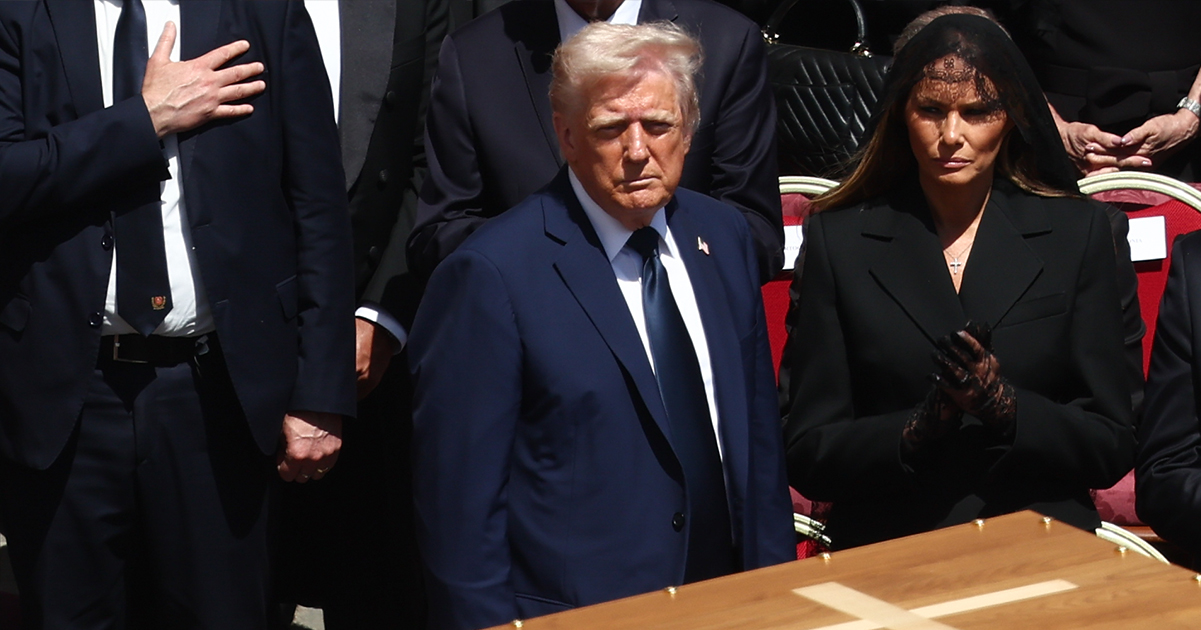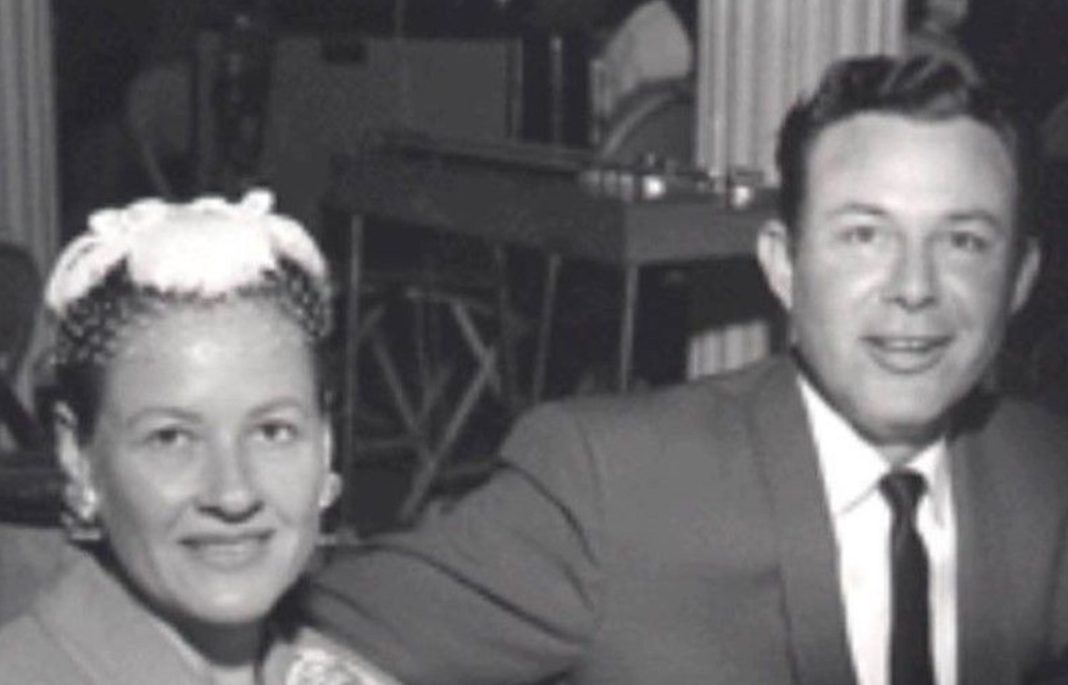The Lasting Impact of Jim Reeves’ “He’ll Have to Go”
In 1960, the music landscape was forever altered by the release of Jim Reeves’ iconic song, “He’ll Have to Go.” This track was not merely a hit single; it served as a bridge between the realms of country and pop music, marking a pivotal moment in the evolution of both genres. With its lush orchestration and Reeves’ velvety smooth vocals, the song resonated with audiences, solidifying Jim Reeves’ status as a legendary figure in the music industry. The popularity of the song is underscored by its impressive chart performance, but its true significance lies in the way it paved the way for future artists and transformed public perception of country music.

A Unique Blend of Sophistication and Emotion
Known as “Gentleman Jim,” Reeves had an extraordinary ability to balance the sophistication often found in pop music with the raw emotional depth that characterizes country music. Born in rural Texas, he initially pursued a career as a radio announcer before fully committing to music. With his rich background, he channeled the struggles and joys of everyday life into his music. By the time “He’ll Have to Go” hit the airwaves, Reeves had already made a name for himself in the country scene, but this song catapulted him into a new echelon of stardom. The song’s blend of orchestral sounds and heartfelt lyrics showcased a new, more polished side of country music, attracting listeners who may have previously bypassed the genre.

The Story Behind the Song
The backstory of “He’ll Have to Go” is as poignant as the song itself. Written by the husband-and-wife duo Joe and Audrey Allison, the lyrics stemmed from a moment Joe overheard in a bar where a man was pleading with his lover to come closer to the phone. This simple yet powerful premise gave rise to the opening line, “Put your sweet lips a little closer to the phone,” which encapsulates the essence of longing and vulnerability. The narrative of the song captures a moment of emotional fragility that resonates deeply with listeners, making it timeless. Such relatable moments are why the song has continued to find new life decades after its original release.

Production and Reception
When Jim Reeves recorded the track, he didn’t just deliver a performance; he poured his heart into it. The production, overseen by the legendary Chet Atkins, was intentionally minimalistic, allowing Reeves’ rich baritone to take center stage. This careful arrangement created an intimate atmosphere that drew listeners in, making them feel as though they were part of the emotional narrative unfolding in the song. The result was nothing short of captivating, as the track soared to the top of the Billboard Country Chart and even made its way to the #2 spot on the Pop Chart, demonstrating the crossover appeal of country music. Such chart success was a rarity for country artists at the time, indicating that Reeves’ music was breaking barriers in unprecedented ways.
A Cultural Touchstone
The impact of “He’ll Have to Go” extended beyond mere chart performance; it became a cultural touchstone that resonated with audiences from various backgrounds. The themes of heartbreak and longing are universally relatable, making the song a staple in American music culture. Jim’s ability to convey both confidence and vulnerability in his delivery added layers of depth to the performance, making it unforgettable for listeners. His authentic approach to the song helped bridge the gap between traditional country and mainstream pop, allowing both genres to flourish together. It is not uncommon to hear this song played at weddings, anniversaries, and other celebrations, highlighting its ability to evoke emotions across different life events.
Legacy and Influence
Following the success of “He’ll Have to Go,” Jim Reeves became an international ambassador for country music, taking his smooth sound to audiences around the globe. His refined style helped redefine the genre, proving that country music could be both emotional and sophisticated. The success of this song helped to establish the Nashville Sound, a polished, orchestral style that made country music more accessible to mainstream audiences. This sound would serve as a blueprint for countless future artists who sought to merge country with other musical influences. Various artists, including the likes of Glen Campbell and Dolly Parton, would later credit Reeves’ innovative approach as inspiration in their own careers.
Enduring Popularity and Covers
The influence of “He’ll Have to Go” is also evident in the numerous covers by various artists, including notable names like Elvis Presley and Ry Cooder. However, Reeves’ rendition remains the definitive version. Despite his untimely death in 1964 at the age of 40 in a tragic plane crash, Jim’s music, particularly this iconic song, has transcended time. His smooth baritone continues to echo through jukeboxes and radio stations, ensuring that his legacy lives on. The enduring popularity of the song is illustrated by its frequent airplay on radio stations dedicated to classic country music, as well as its inclusion in various music collections and anthologies celebrating the golden age of the genre.
Impact on Future Generations
Even decades after its release, “He’ll Have to Go” is still celebrated as one of the most beloved country songs in history. Its presence in movies, television shows, and commercials has introduced the track to new generations of listeners. The song’s magic lies in its simplicity—raw emotion beautifully intertwined with a timeless melody. Jim Reeves’ ability to blend country with pop has paved the way for contemporary artists like Shania Twain, Taylor Swift, and Keith Urban, who have continued to explore and expand the boundaries of country music while maintaining its authenticity. This influence is further showcased in how modern artists incorporate similar themes of love and longing in their own music, often paying homage to the groundwork laid by Reeves.
Conclusion: A Timeless Classic
In summary, Jim Reeves’ “He’ll Have to Go” is not merely a song; it represents a significant moment in music history, embodying the essence of emotional storytelling and the seamless fusion of genres. Its lasting impact is a testament to the timeless power of music to connect people and inspire countless artists. As we reflect on Jim Reeves’ contributions to the music world, it’s essential to share this masterpiece with those who may not have yet discovered the incredible talent that he possessed. His legacy continues to resonate, reminding us of the beauty and universality of music, while continuing to inspire both fans and artists alike.
















